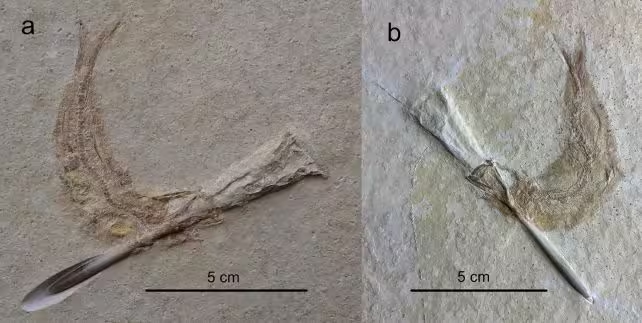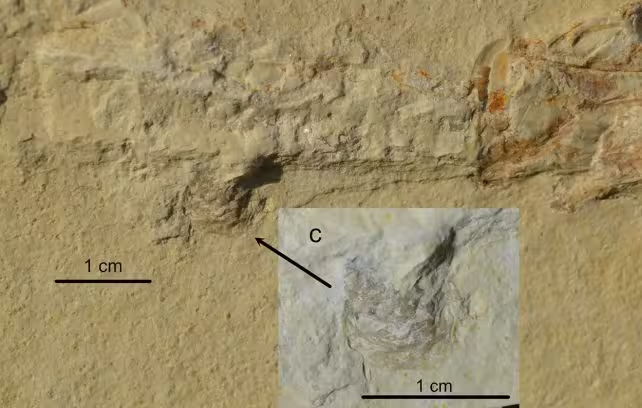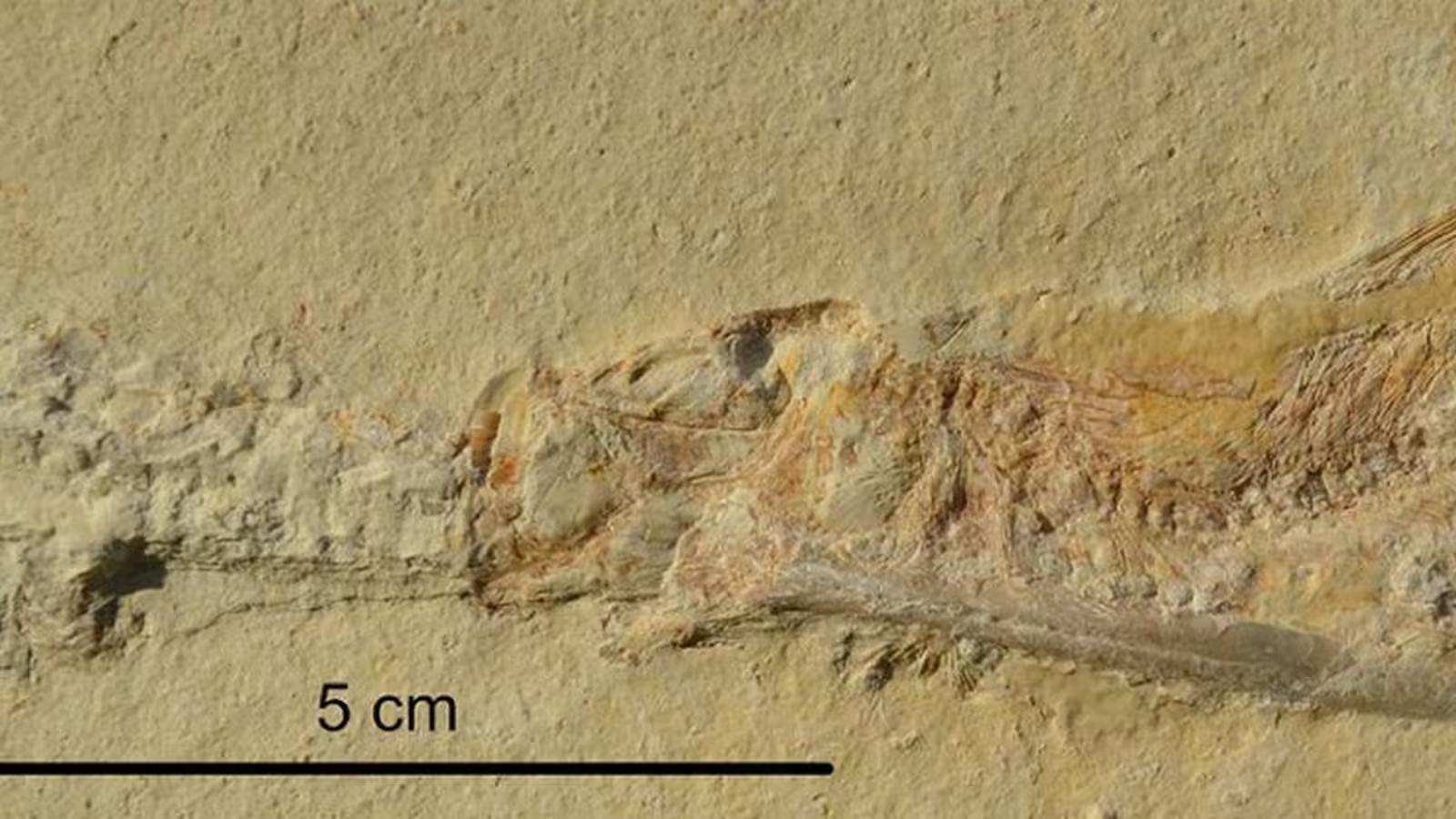4 Minutes
New Insights into Unusual Jurassic Marine Deaths
A striking discovery from Germany's renowned Solnhofen limestone formations has provided paleontologists with fresh perspectives on the dangers faced by marine life during the Jurassic period—approximately 152 million years ago. A recent analysis of numerous Tharsis fish fossils, an extinct genus of ancient ray-finned fish, has revealed a recurring and unusual pattern of death: many specimens were found with large, extinct cephalopods known as belemnites fatally jammed in their mouths and gill areas.
Scientific Background: The Victims and Their Prey
Tharsis fish, identified as micro-carnivores, primarily fed on tiny organisms such as larvae and zooplankton. These small predators, abundant in the fossil record, used suction to rapidly ingest their prey from the water column. In contrast, belemnites were cephalopods similar in appearance to modern squid, with elongated, hooded bodies and several arms. Despite their once-global oceanic distribution, belemnite fossils are relatively rare compared to those of Tharsis fish.
The study, conducted by paleontologists Martin Ebert and Martina Kölbl-Ebert of Ludwig Maximilian University of Munich, focused on fossils from the Late Jurassic Plattenkalk deposits in the Solnhofen Archipelago. They identified several Tharsis specimens where belemnites were clearly wedged in the fish's mouths, with the belemnite's "rostrum" (a rigid, beak-like internal structure) protruding out through the gill chamber, while the main shell segment—the phragmocone—was firmly jammed in the fish's oral cavity.

Unravelling the Bizarre Choking Hazard
The enigma of how these micro-carnivorous fish ended up with belemnites stuck in their throats centers on the state of the cephalopods. Fossil belemnites from Solnhofen and Eichstätt often display shells overgrown with bivalves, indicating that these creatures were already dead and drifting when encountered by Tharsis fish. It is believed that the buoyant, decaying bodies of belemnites hosted colonies of other marine organisms, including bacteria, algae, and small mollusks.
According to the research team, Tharsis fish were not actively hunting live belemnites. Instead, their feeding strategy likely involved sucking up organic matter—such as decomposing tissue, algae, or bacteria—attached to floating debris. However, the streamlined nature of belemnite remains made them hazardous. When a fish accidentally inhaled a belemnite rostrum along with food remnants, the rigid structure could become lodged in its mouth and gills. "Even though the fish tried to pass the obstructive item through its gills, there was no way of getting rid of it, leading to death by suffocation," the paleontologists report.

Key Implications and Evolutionary Insights
These fossilized incidents provide a rare glimpse into ancient marine ecosystems and the unintended consequences of feeding behaviors. The findings highlight not only the perilous lives of Jurassic fish but also the complex interactions between decomposer organisms and scavengers in prehistoric oceans. They underscore the importance of taphonomy—the study of fossilization processes—in interpreting ancient life and the challenges species faced.
Conclusion
The Solnhofen fossil discoveries offer compelling evidence of how a simple evolutionary adaptation—using suction feeding—could turn deadly for Tharsis fish when confronted with the unique hazards of their environment. These fossils give scientists valuable insights into the feeding dynamics of Jurassic seas and the risks faced by ancient micro-carnivores. Understanding such interactions helps reconstruct the profound ecological complexities of Earth’s past, shedding light on the evolutionary pressures that shaped marine life millions of years ago.



Comments